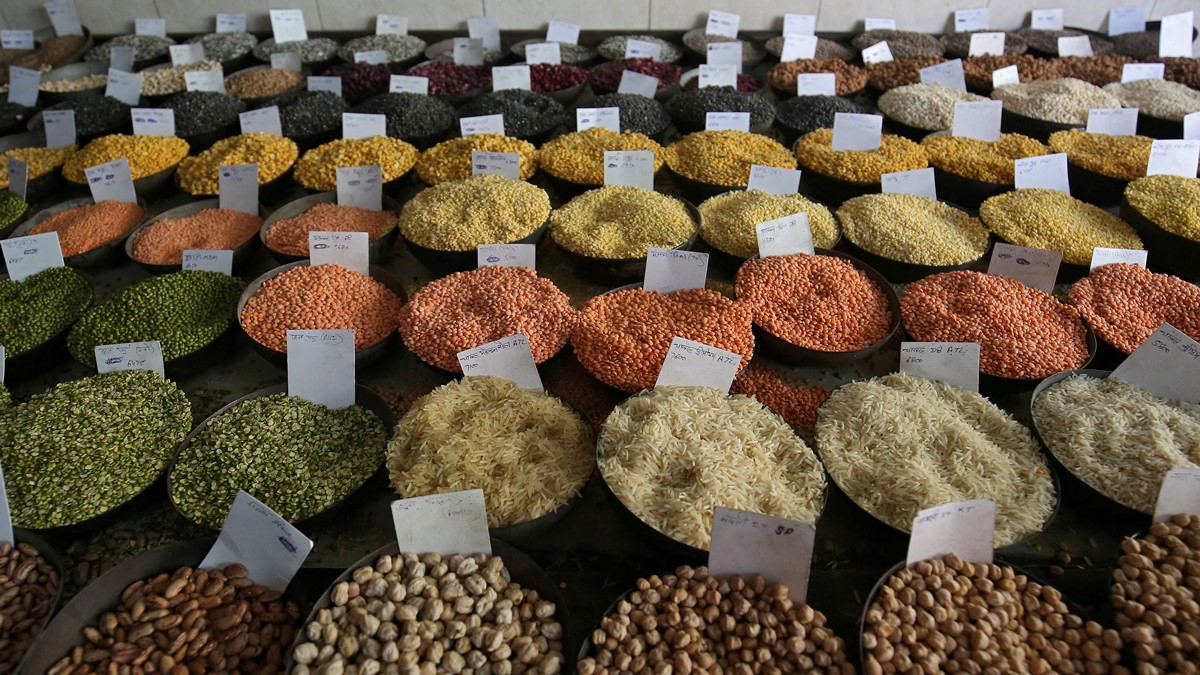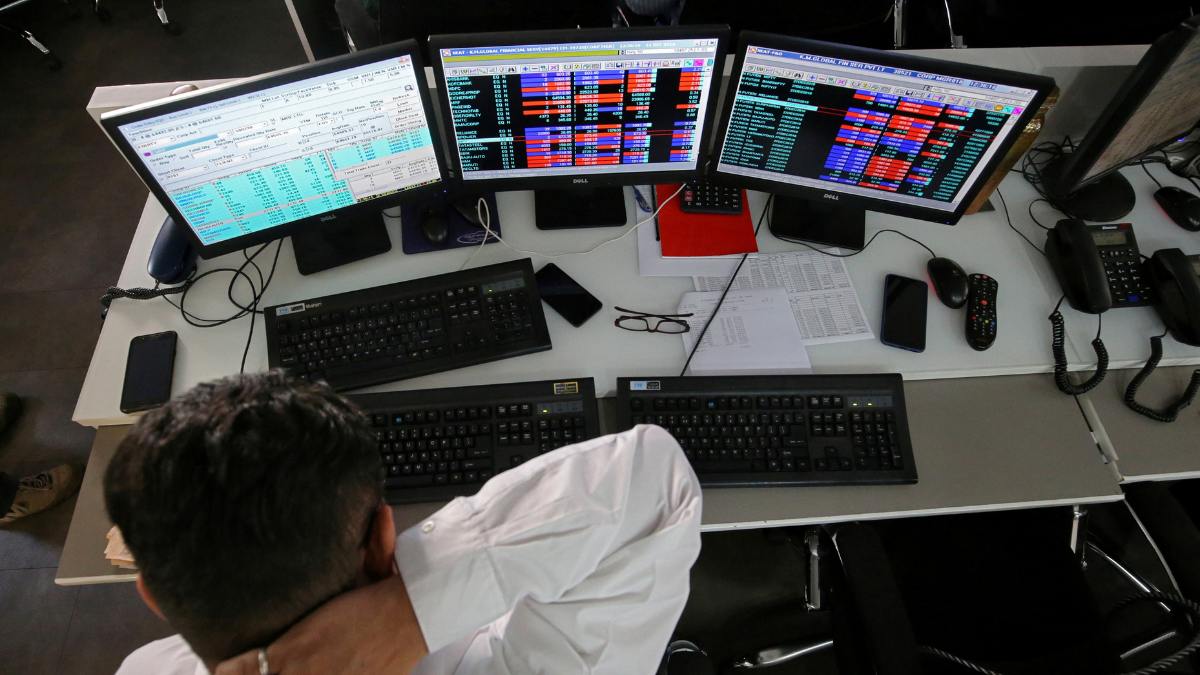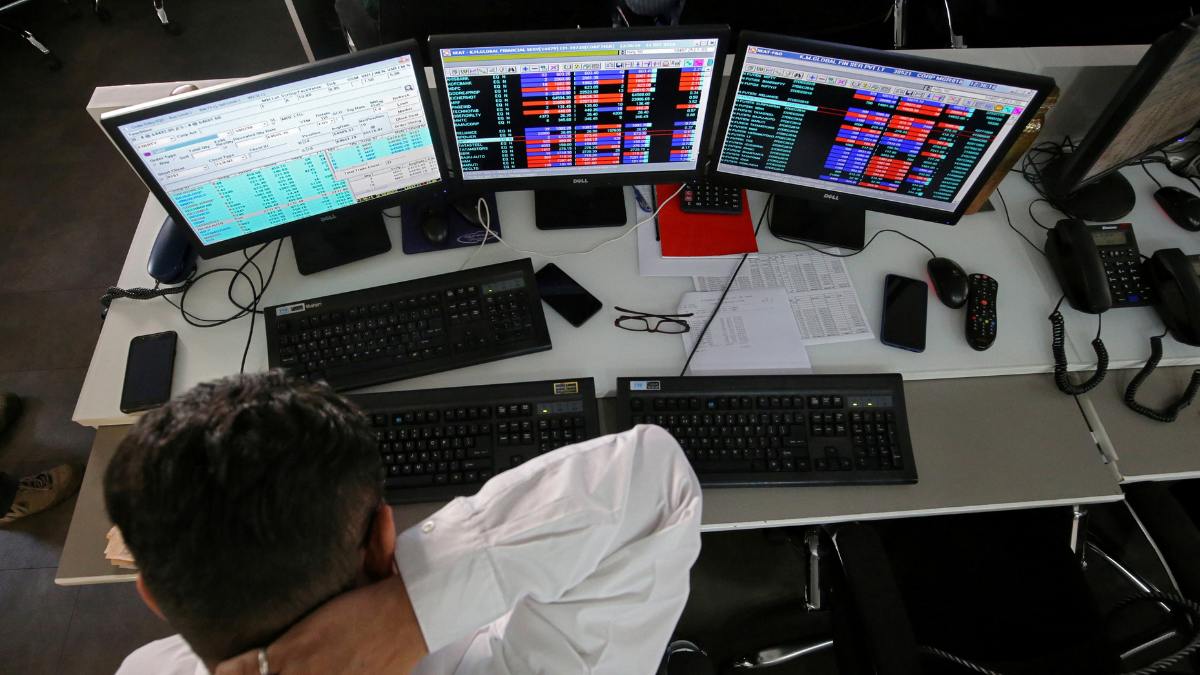To ensure that farmers’ get remunerative prices and creation of a buffer, the government on Thursday will start procurement of tur and masur dal which is currently ruling above the minimum support price (MSP) through a ‘dynamic price’ formula.
Agencies such as National Cooperative Consumers Federation (NCCF) and farmers’ cooperative Nafed will purchase the pulse varieties directly from farmers or primary agricultural credit societies at a price derived on the basis of prevailing mandi prices of one week duration.
“We have started registration of farmers for procurement of tur in key producing states including Maharashtra, Karnataka and Uttar Pradesh,” an official told FE.
The dynamic pricing model of purchase from the farmers for the pulses will be in accordance with the government’s market intervention to buy onions from the farmers at the market price for buffers.
The official said that purchase of pulses varieties above MSP will give a signal to the farmers to augment production which would reduce the country’s import dependence. Tur and masoor are two major pulses which India imports.
In 2023, India imported close 1.9 million tonne (MT) of tur and urad to meet domestic demand. A major chunk of pulses varieties imported include tur, urad and masoor (lentils) and these pulses mostly sourced from Mozambique, Malawi, Tanzania, Myanmar, Canada and Australia.
The mandi prices of tur dal on Wednesday at Latur, Maharashtra, the hub of the trade, was ruling around Rs 8,400 – Rs 8,500/quintal against the MSP of Rs 7,000/quintal for the 2023-24 season (July-June). Mandi prices of lentils on Wednesday was Rs 6774/quintal against an MSP of Rs 6425/quintal for the season.
The official said that within three days of purchase of the commodity, the amount will be transferred to farmers bank account directly. The initiative to purchase pulses variety at market price will be supported by the Price Stabilisation Fund being implemented by the department of consumer affairs.
Sources said that the procurement price of tur and mansoor will be calculated by taking the weighted average of maximum and modal prices in benchmark markets with 30% weight to maximum price and 70% weights to modal price.




